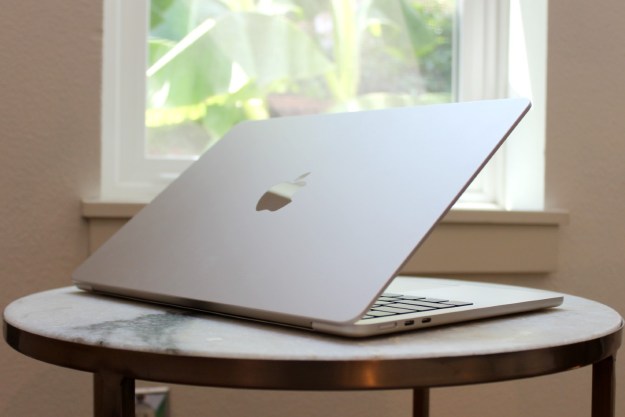
A serious flaw recently discovered in Apple’s FaceTime feature allows users to eavesdrop on the person they’re calling — even before they’ve answered. Though iPhone users are the ones primarily affected by the bug, the issue also occurs when receiving calls on MacOS. Apple has since taken FaceTime group calling offline to help address any privacy concerns, but disabling FaceTime might be the best way for users to avoid any issues until a fix is sent out. Here’s how to do that on your iPhone, MacBook, iMac, or Mac Mini.
To get started, open up the FaceTime app and then click on FaceTime on the upper-left hand side of the screen in the menu bar. Next, select Turn FaceTime off. This disables FaceTime on an individual MacOS device only; if you own multiple devices, you will need to repeat the process again on each. You also can take the extreme step of disabling FaceTime entirely by signing out of your account on each device. To do this, choose FaceTime from the menu bar, click Preferences, and then click Settings and Sign Out.
According to Apple, signing out of FaceTime will turn off all calls until you sign in again. If you want to stay signed in to FaceTime, but just stop receiving calls, you can turn FaceTime off. If someone happens to call you, turning off FaceTime will just disable notifications for the call. To the caller, it will look like you’re not answering.
The process of disabling FaceTime is similar on iPhone. Simply open settings, scroll down to FaceTime, and switch the green FaceTime switch off. If you’re concerned about the bug and have since disabled FaceTime, there are many alternate video chatting apps available across both MacOS and iOS. These include Skype, Google Duo, Facebook Messenger, and WhatsApp.
Numerous iPhone owners have taken to social media, showing they have been able to replicate the eavesdropping bug. Apple has since issued a statement, saying it is aware of the issue and has identified a fix that will be coming in a software update later this week. That’s still not a solid timeline, so it might be best to live without FaceTime for a few days until the update goes live.
Editors' Recommendations
- The 6 key things Apple must fix in the next version of macOS
- These 6 tweaks take MacBooks from great to nearly perfect
- How to take a screenshot on a Mac
- How to change the default apps on a Mac
- 10 Mac trackpad gestures that everyone should be using


